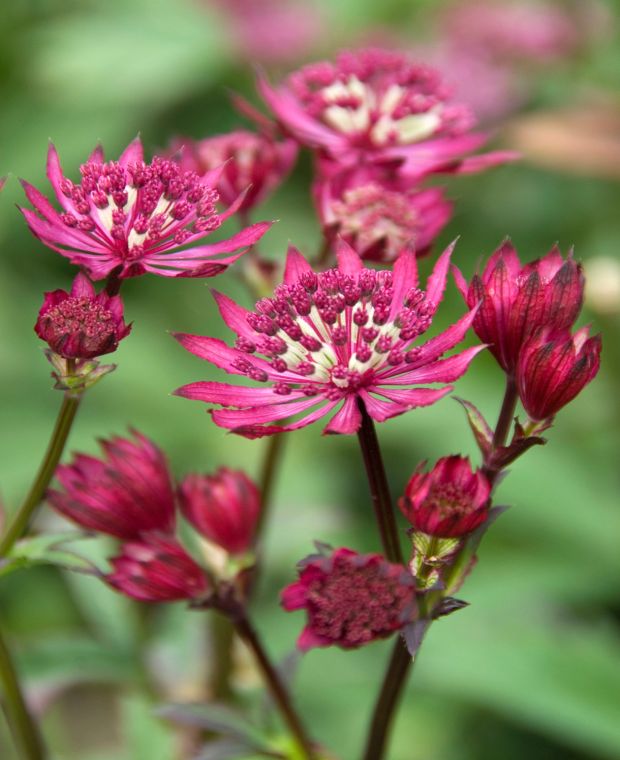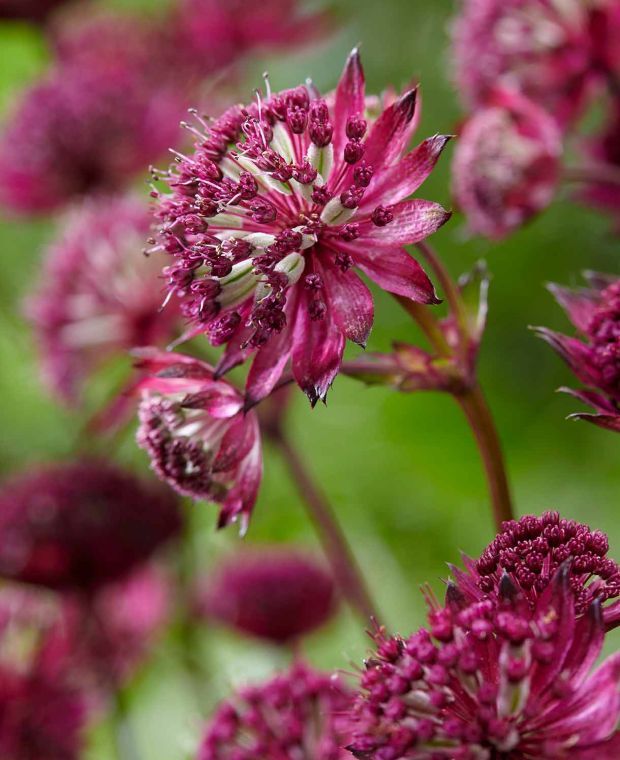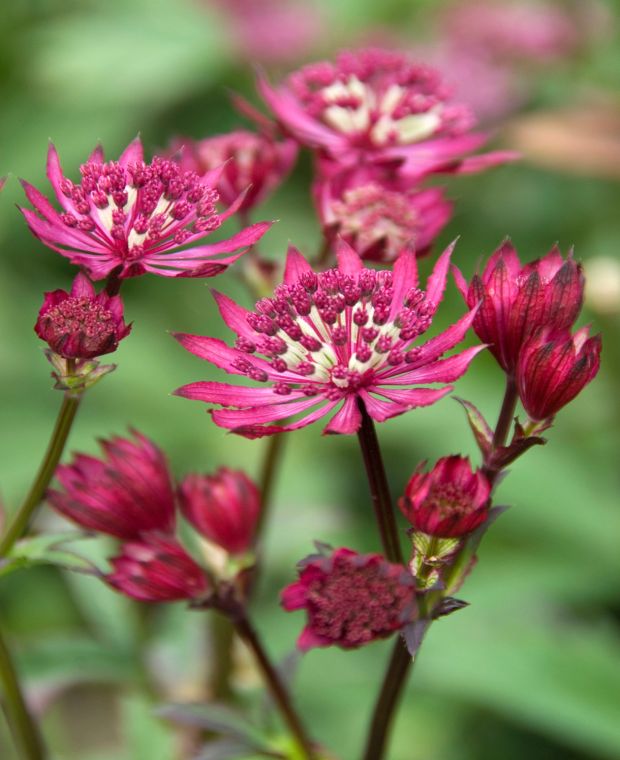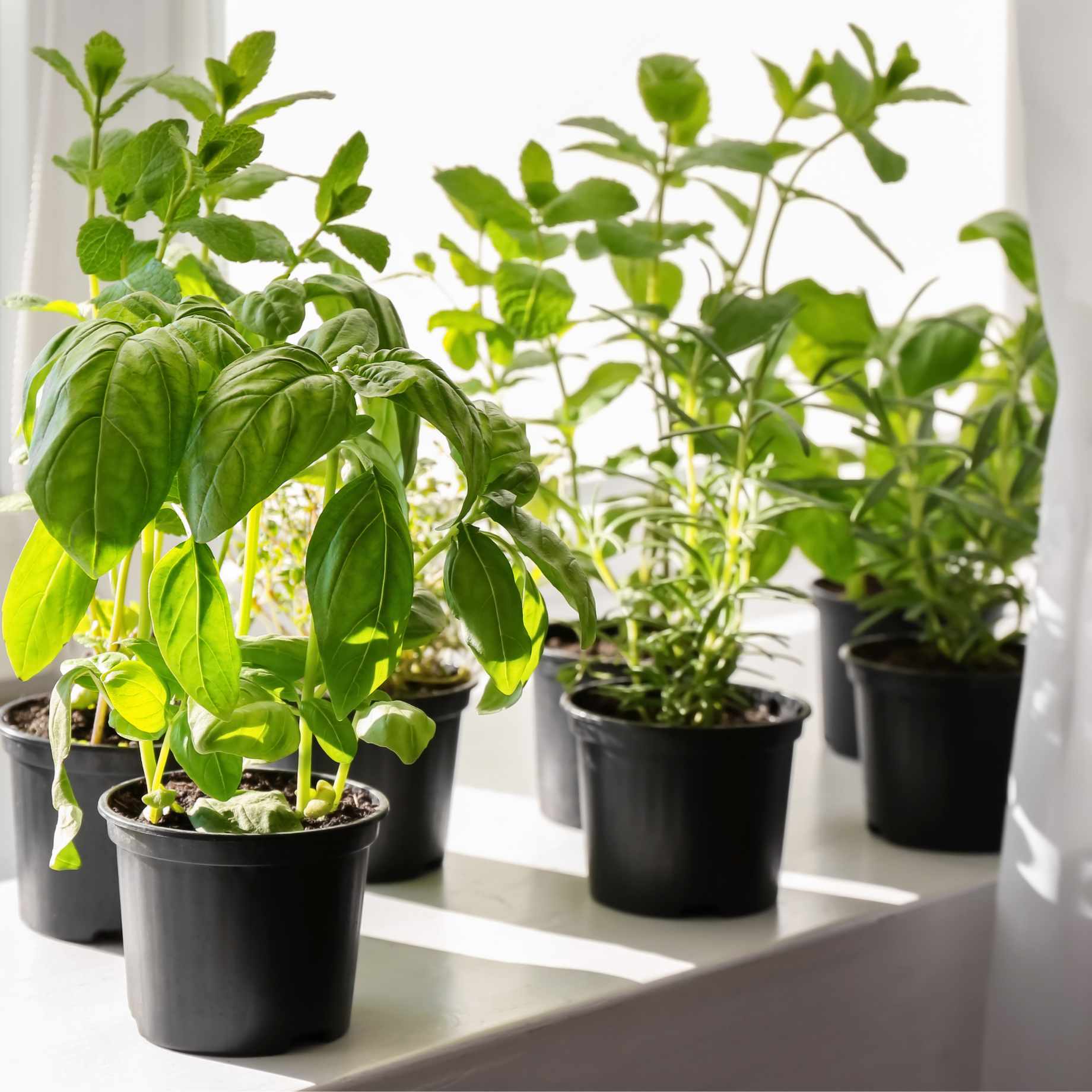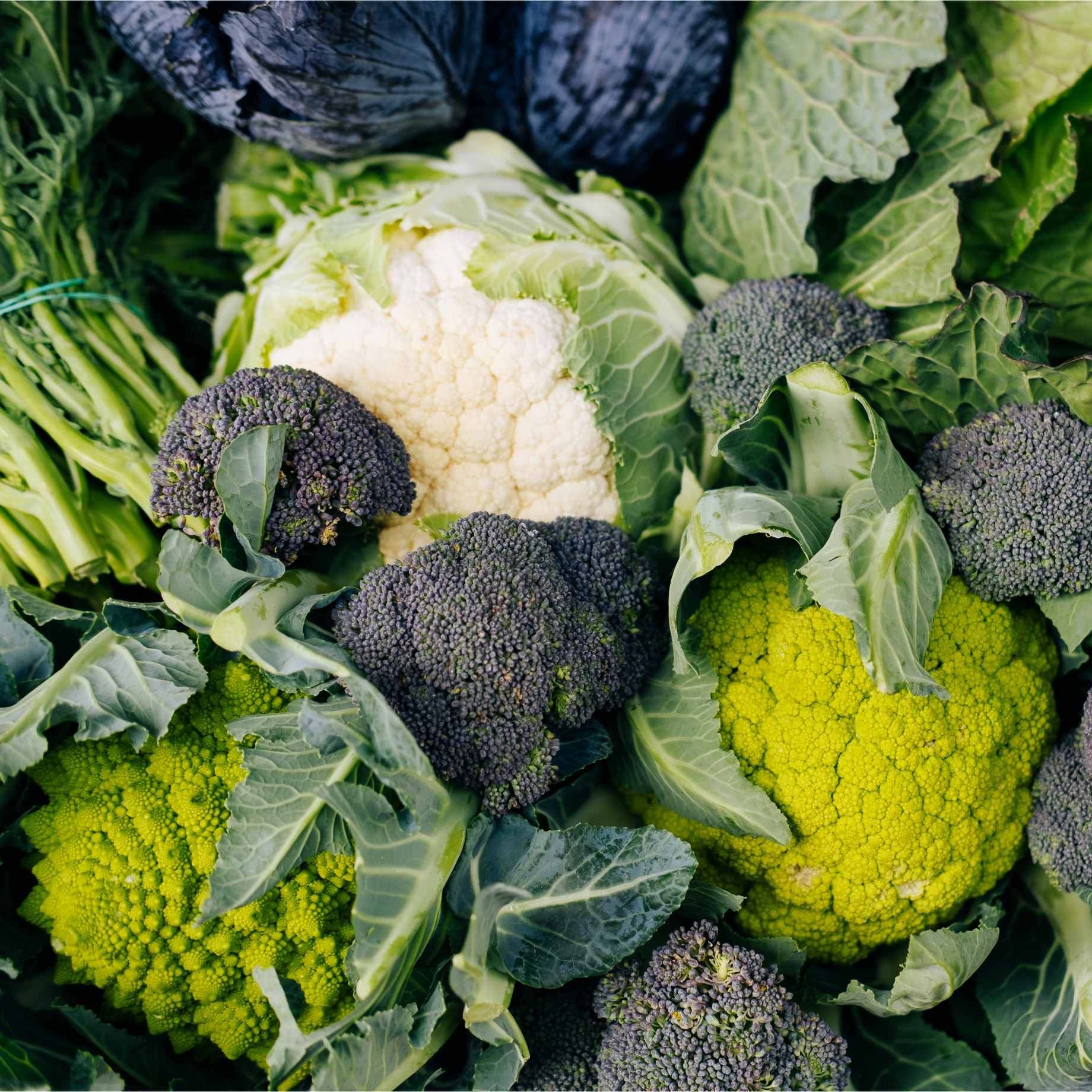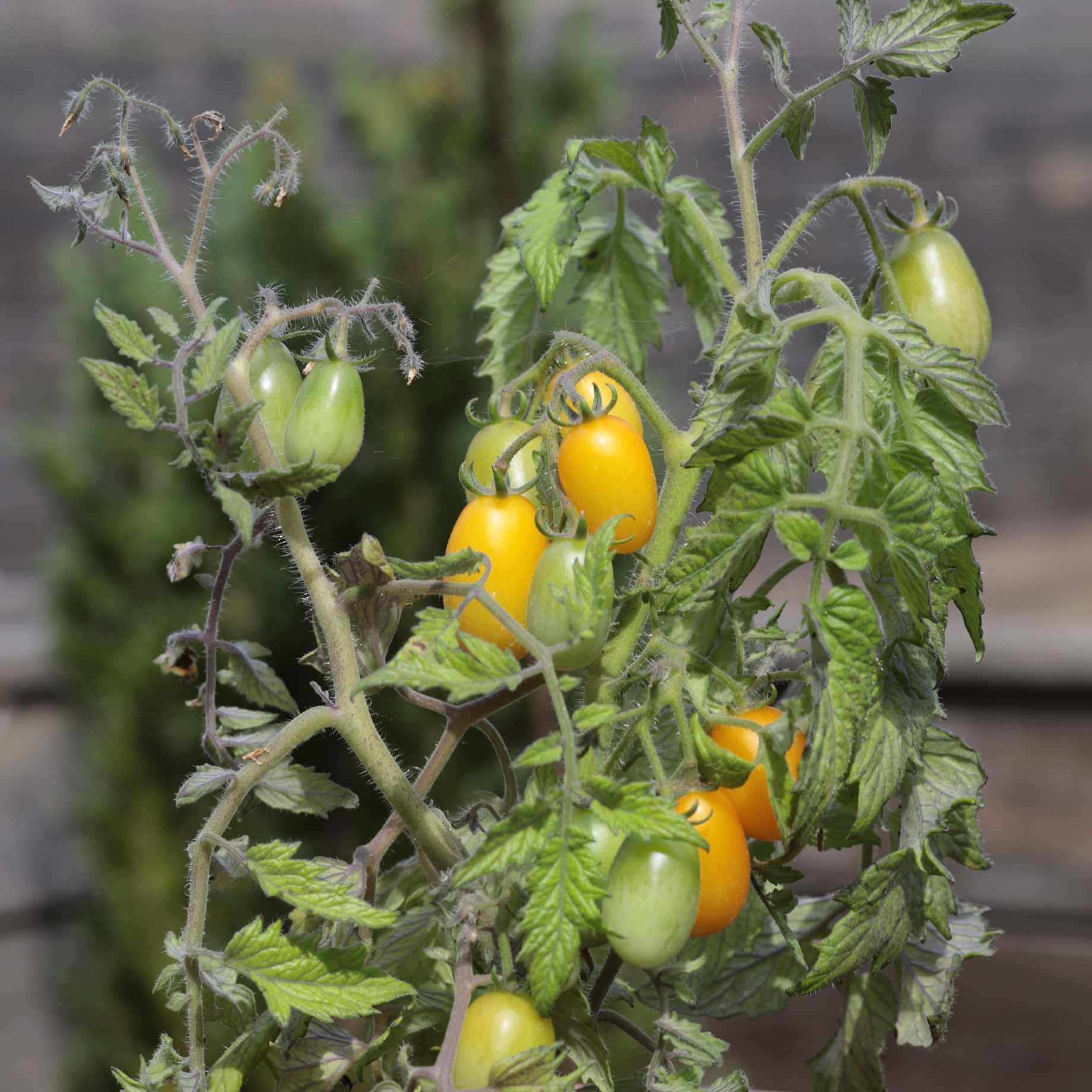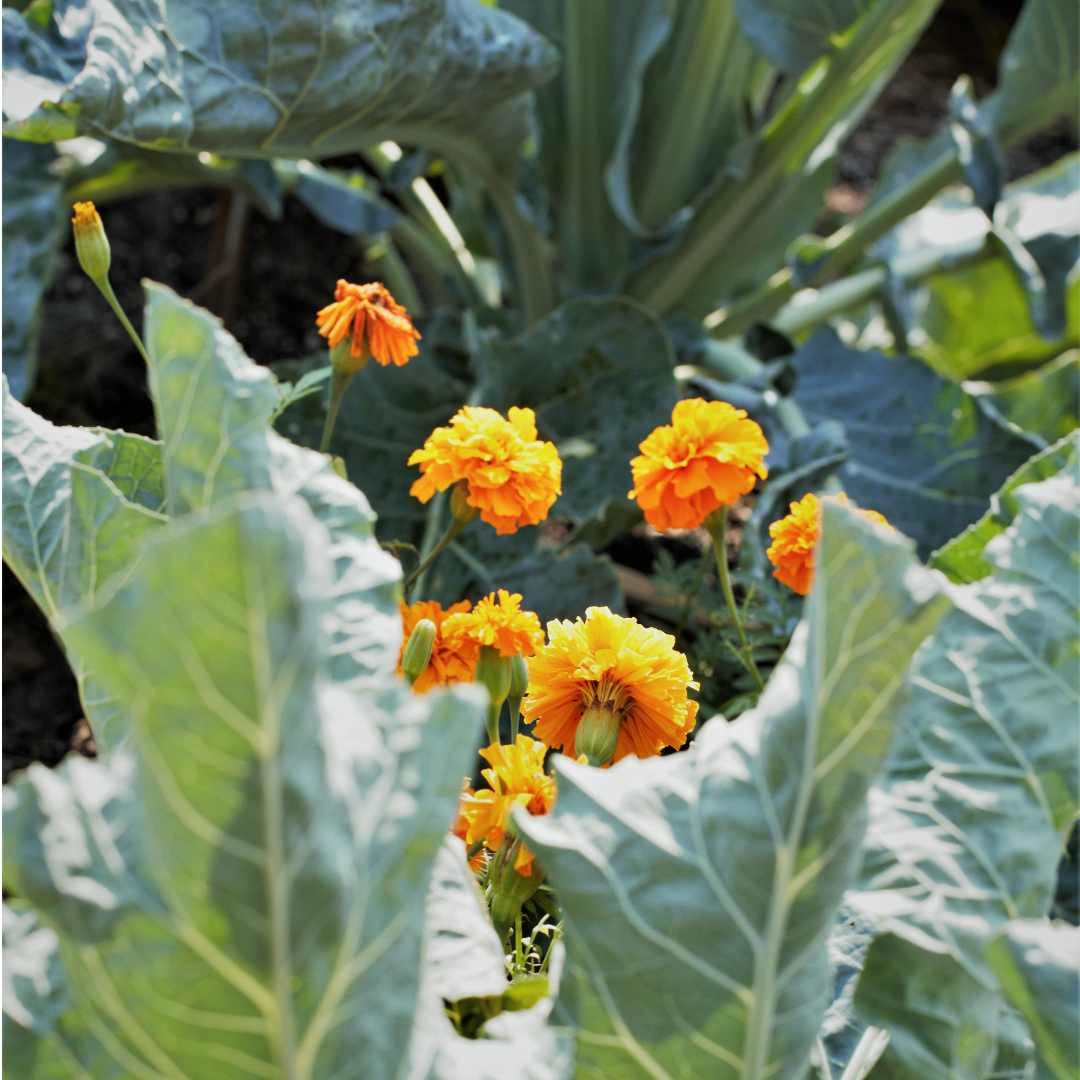Tell Me More…
Astrantia Claret is one of the darkest flowered of Astrantias and will add a rich intensity of colour wherever you choose to include it in your garden. A stalwart of the cottage garden and popular in Britain for many years. Astrantia Claret is equally suited to contemporary styles with its striking, ruby-red, umbel-shaped flowers surrounded by an eye-catching rosette of complimentary bracts. This clump forming herbaceous perennial grows to a height of 60cm and spreads around 50cm over 2-5 years dependent upon conditions. Suitable for clay, loam, sand and chalk this Astrantia emerges in Spring with a profusion of green, palmate leaves and the flowers follow from June to August. Ideally suited to a moist but well drained soil in a sheltered position with full sun or partial shade of any aspect. Astrantia Claret is fully hardy so does not need any protection in winter; just remove the dead foliage to keep it neat and tidy.
Flower and Foliage Months
Jan
Feb
Mar
Apr
May
Jun
Jul
Aug
Sep
Oct
Nov
Dec
Foliage Month
Flowering Month
Key Information
| Latin Name | Astrantia major Claret bare root |
|---|---|
| Common Name | Great black masterwort, Hattie’s pincushion |
| Hardiness | H7 (-20°C and below) |
| Colour | Red |
| Format | Bare Roots |
| Position | Full-Sun, Part-Shade, Part-Sun |
| Foliage | Deciduous |
| Height in Maturity (m) | 0.90 m |
| Spread in Maturity (m) | 0.50 |
| Soil Conditions | Chalk Clay Loam Sand |
| Soil Acidity | Acid Alkaline Neutral |
| Aspect | East-facing, North-facing, South-facing, West-facing |
| Good for pots | Yes |
| Good for wildlife | Yes |
| Good for pollinators | Yes |
| Good for cutting | Yes |
| Good for groundcover | Yes |

